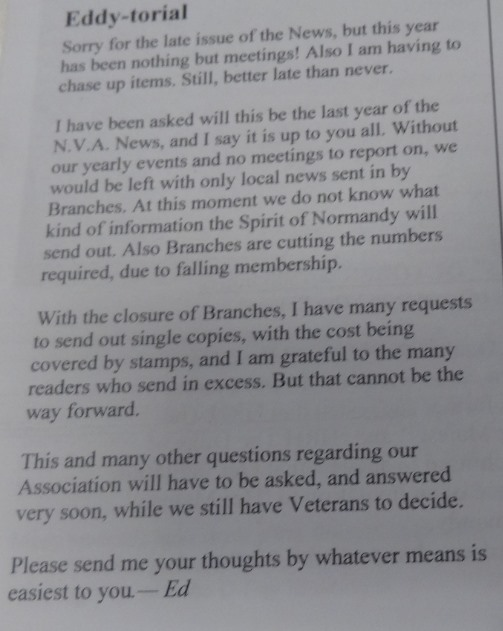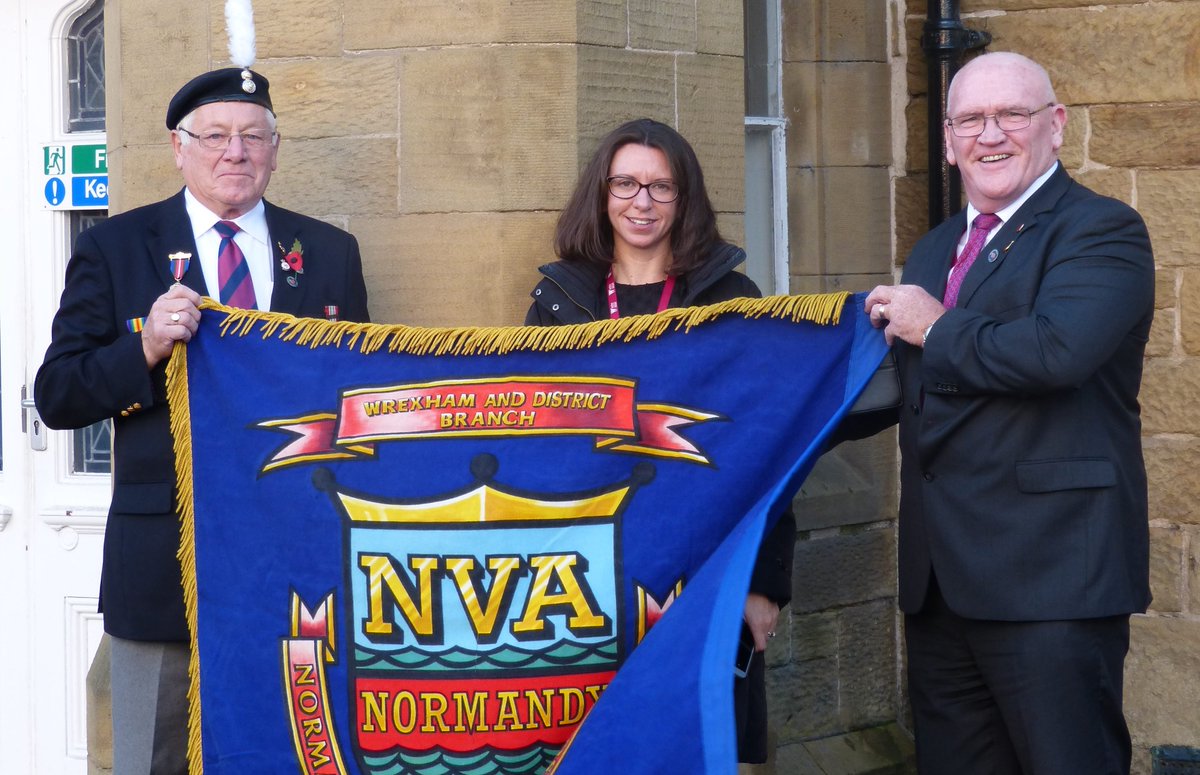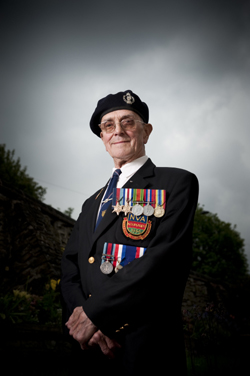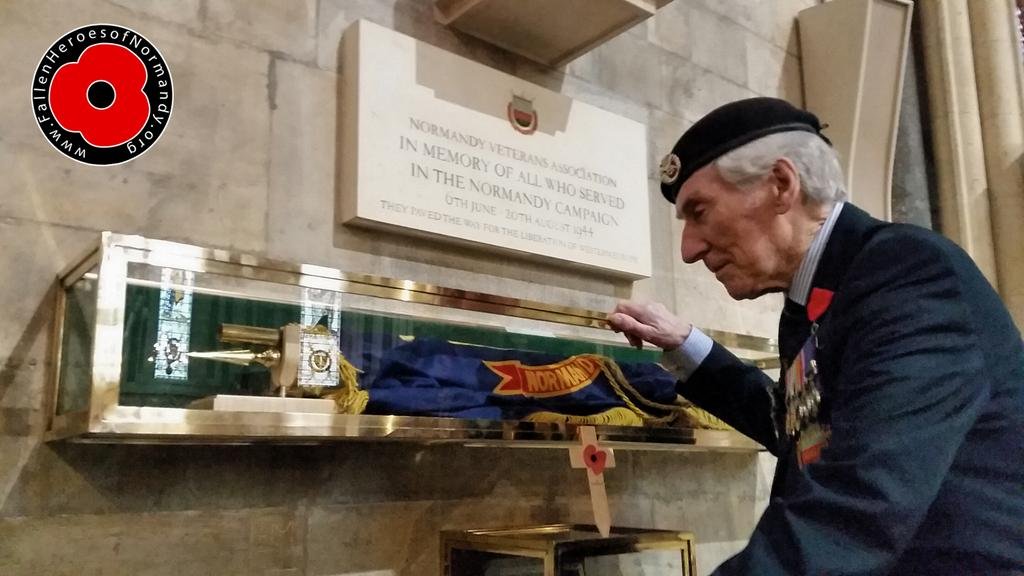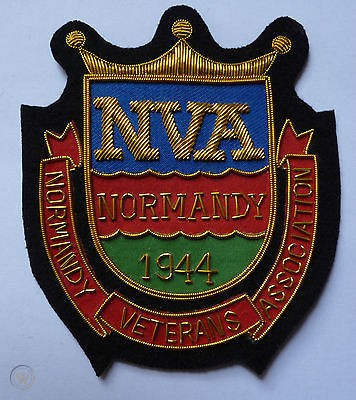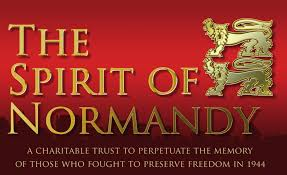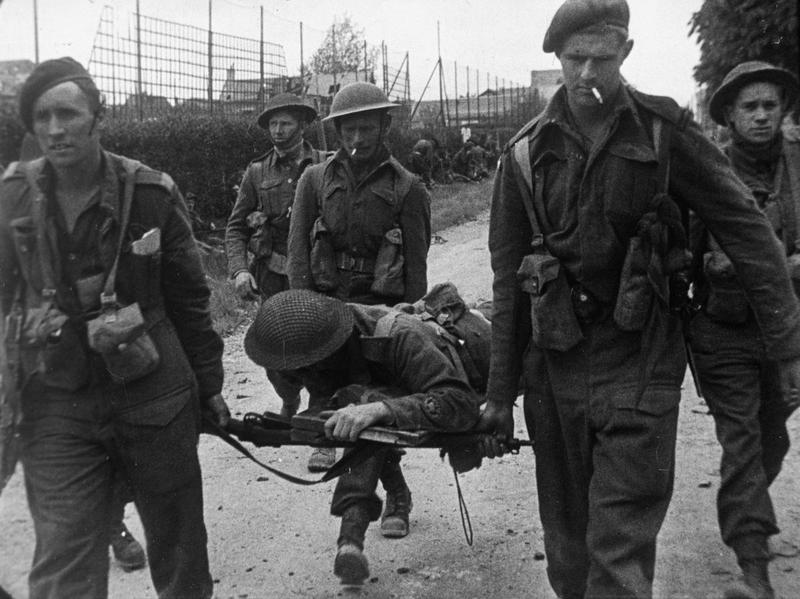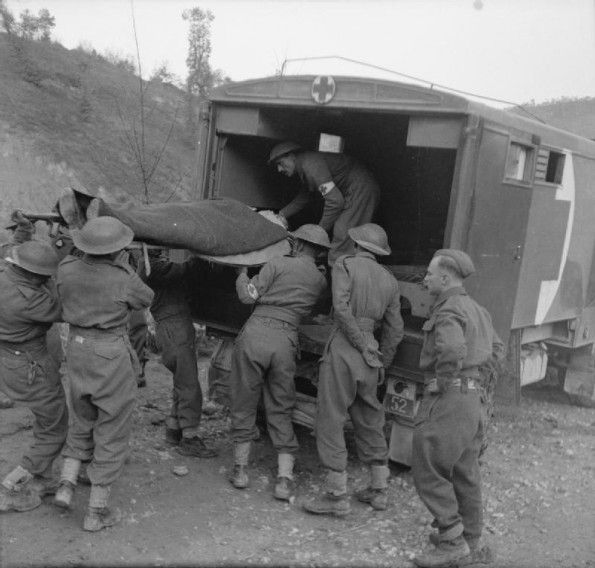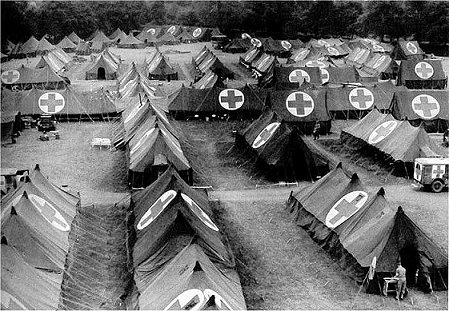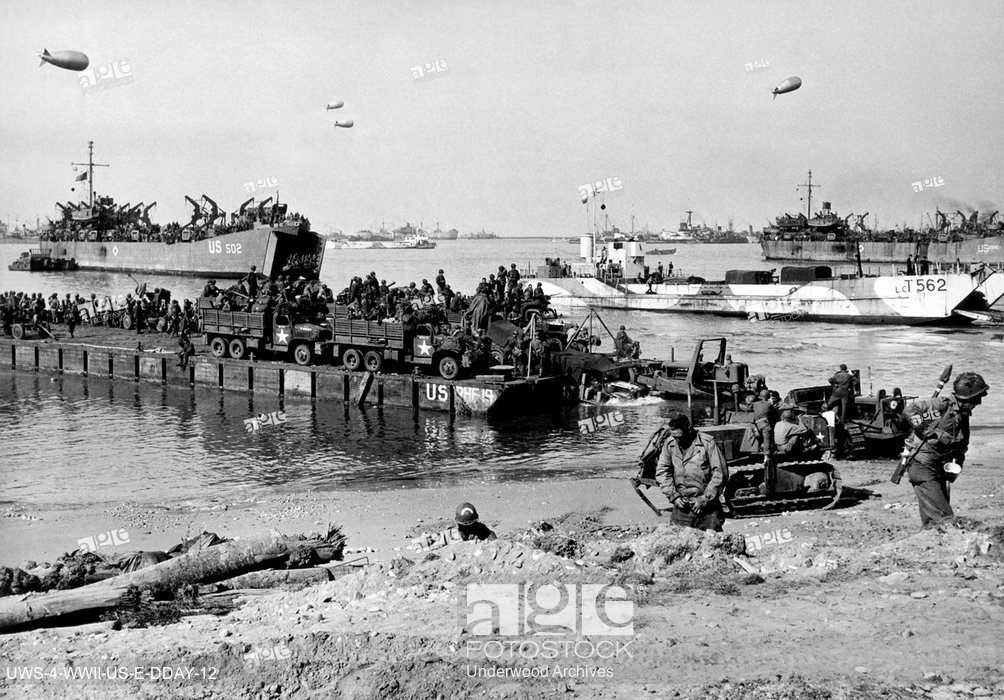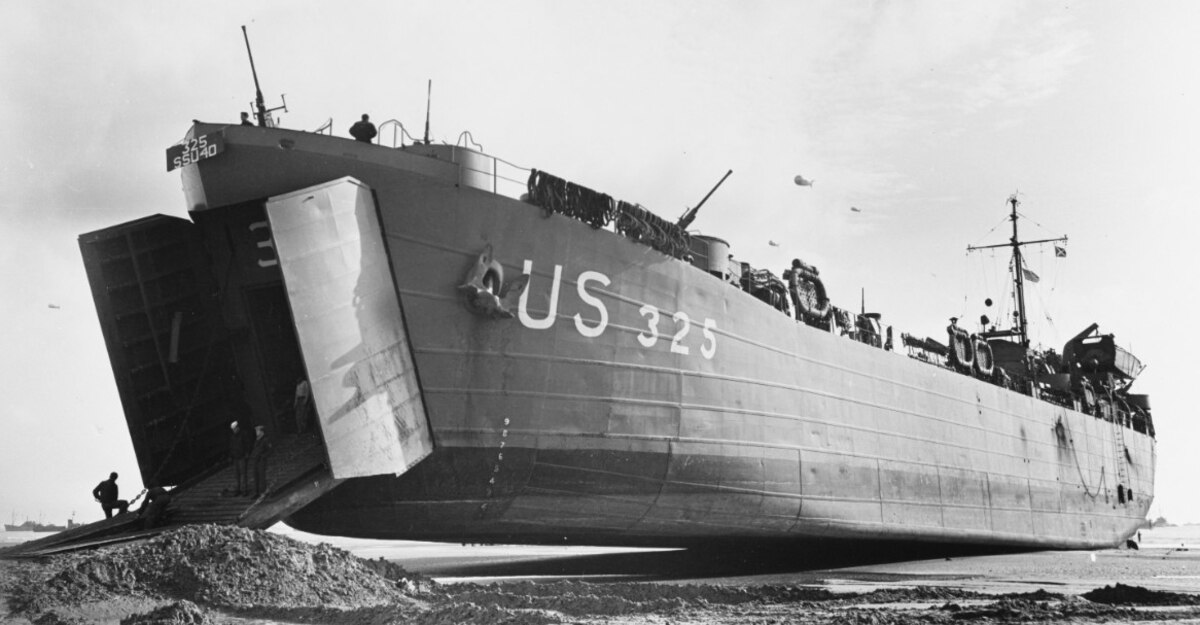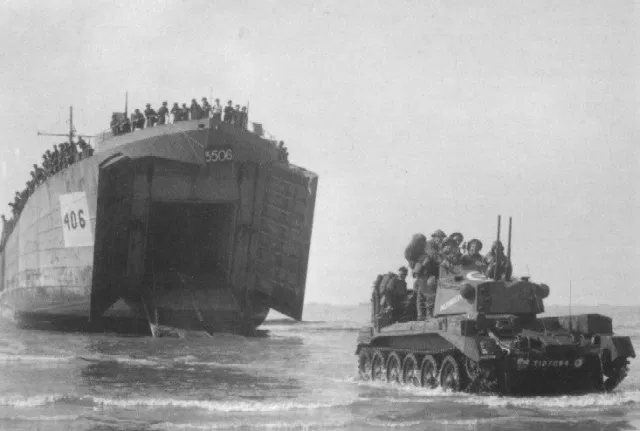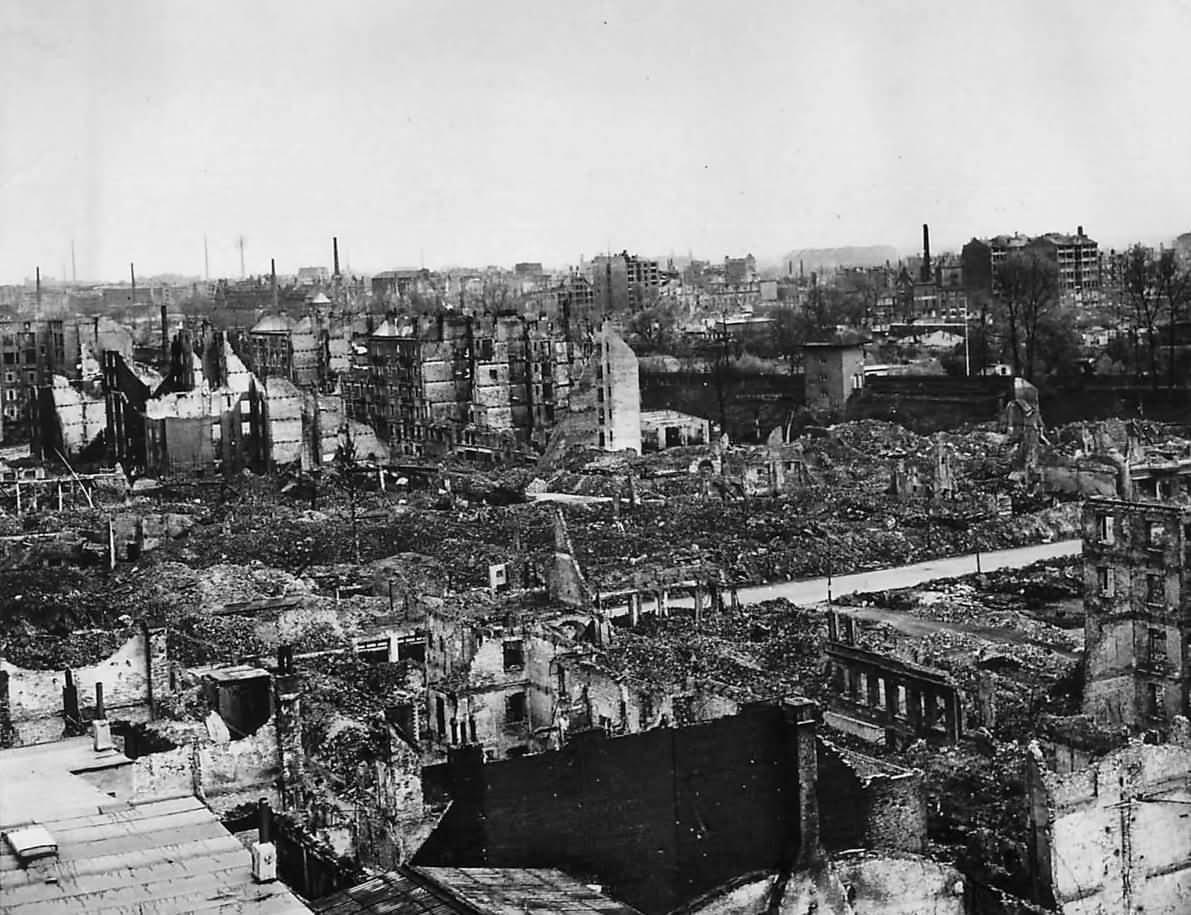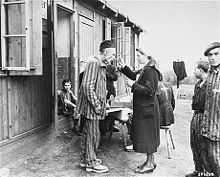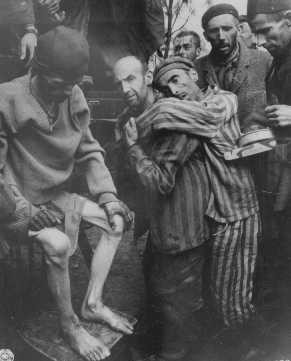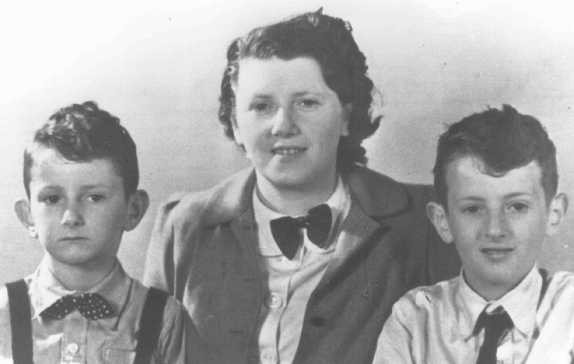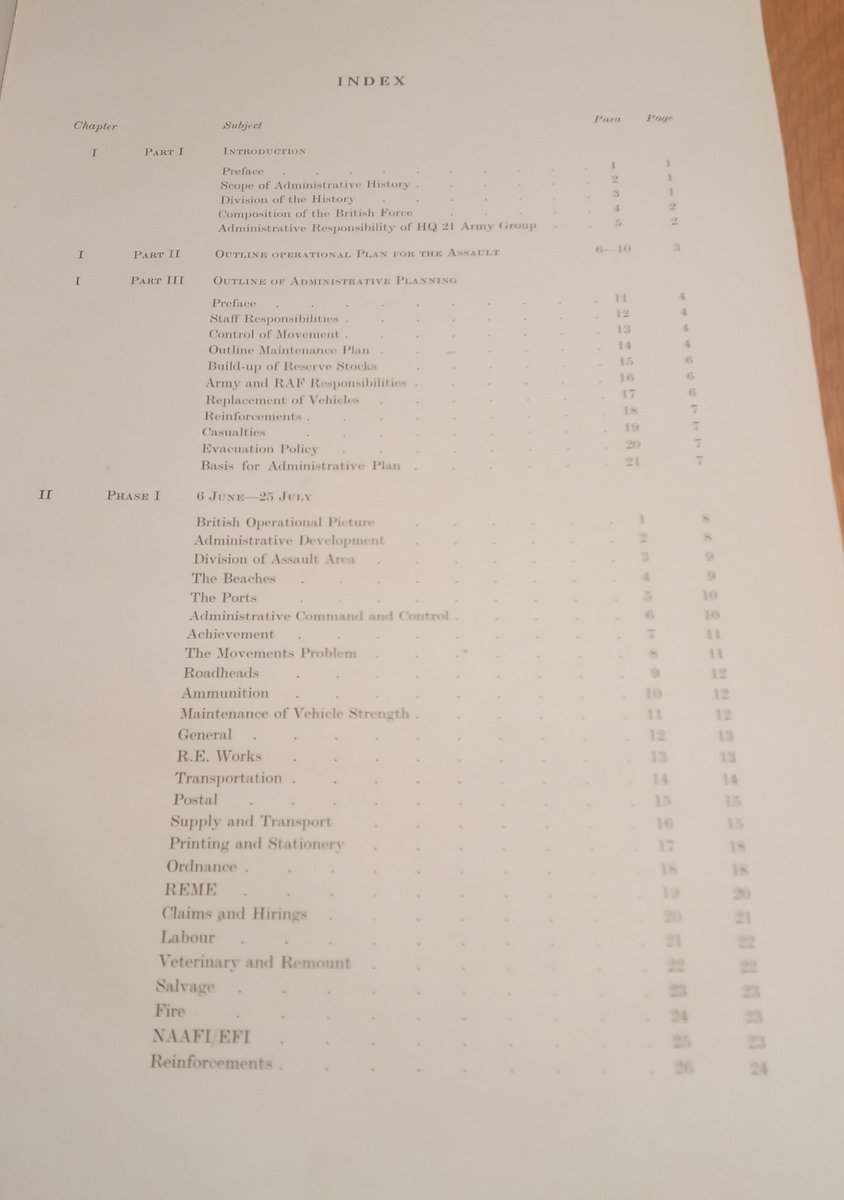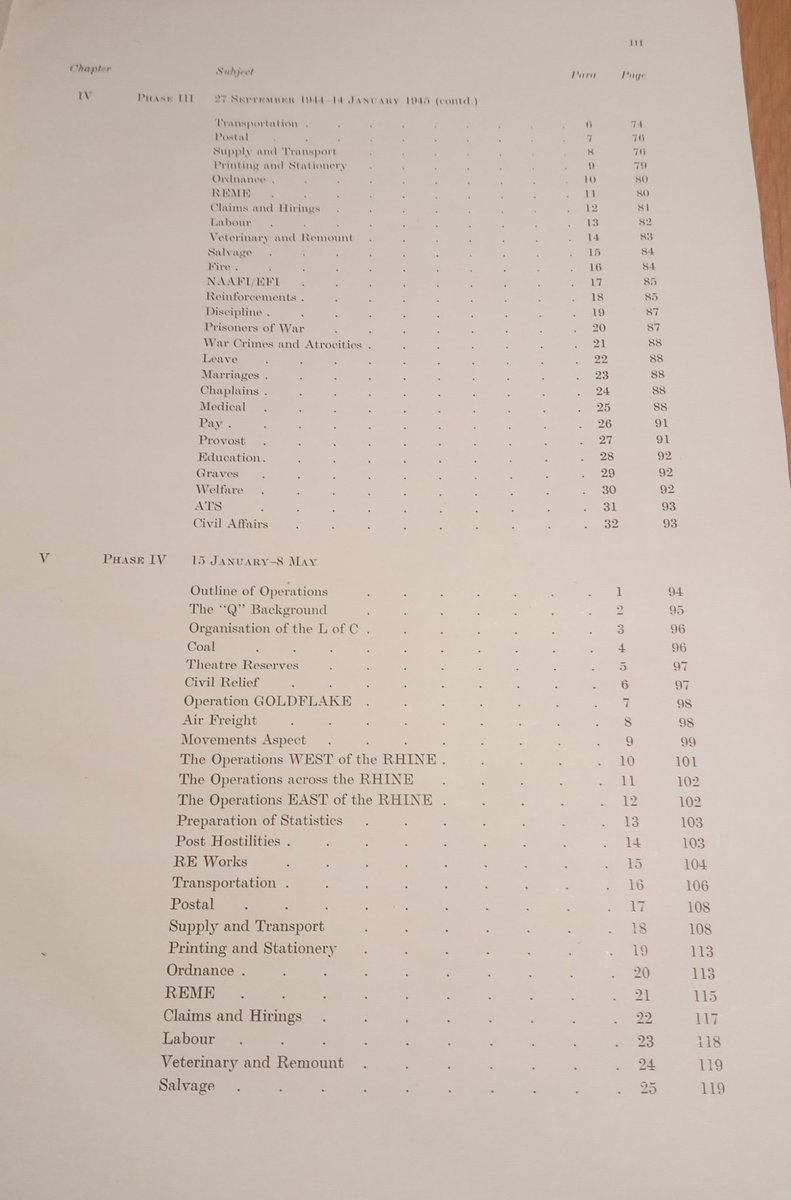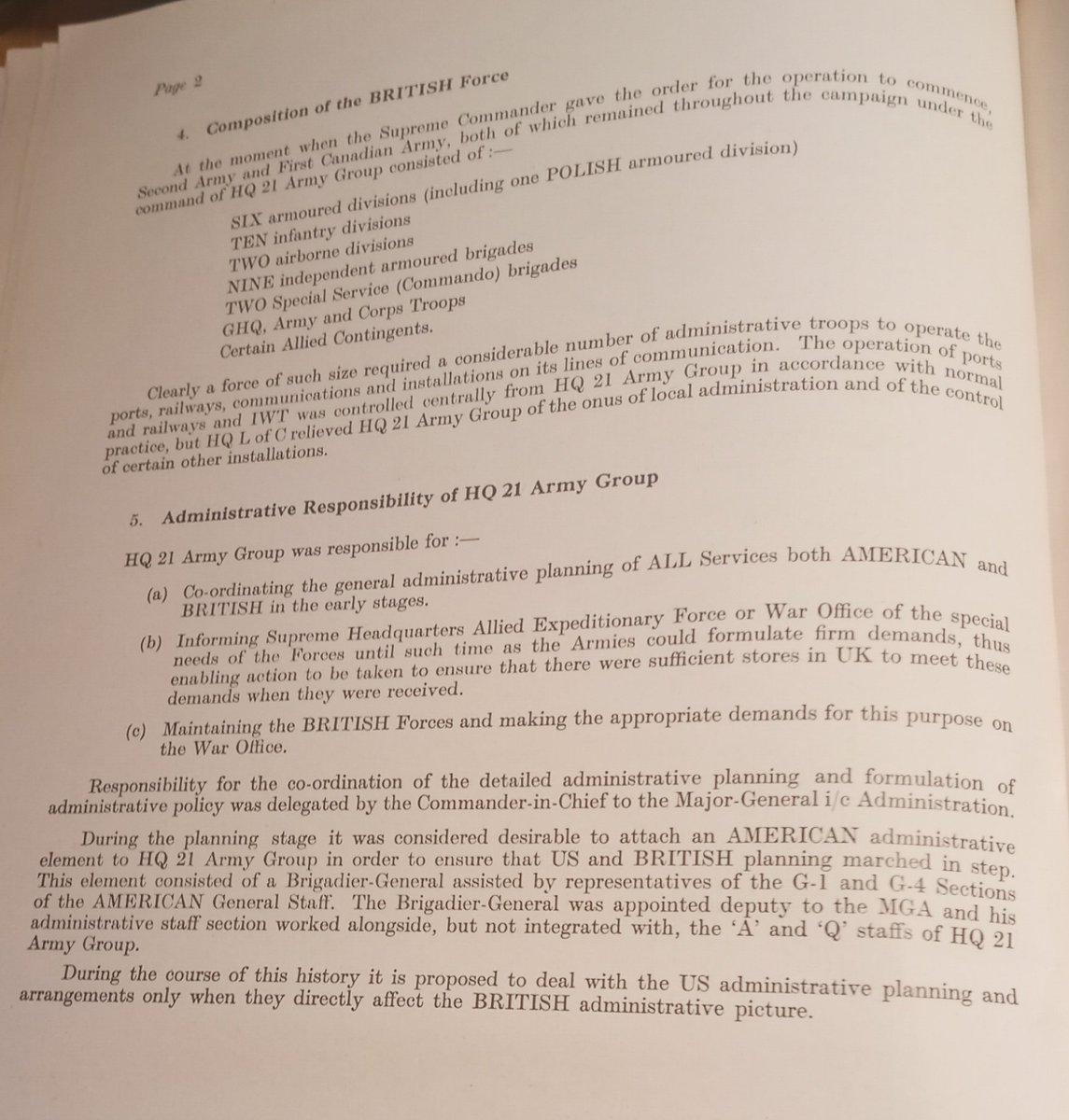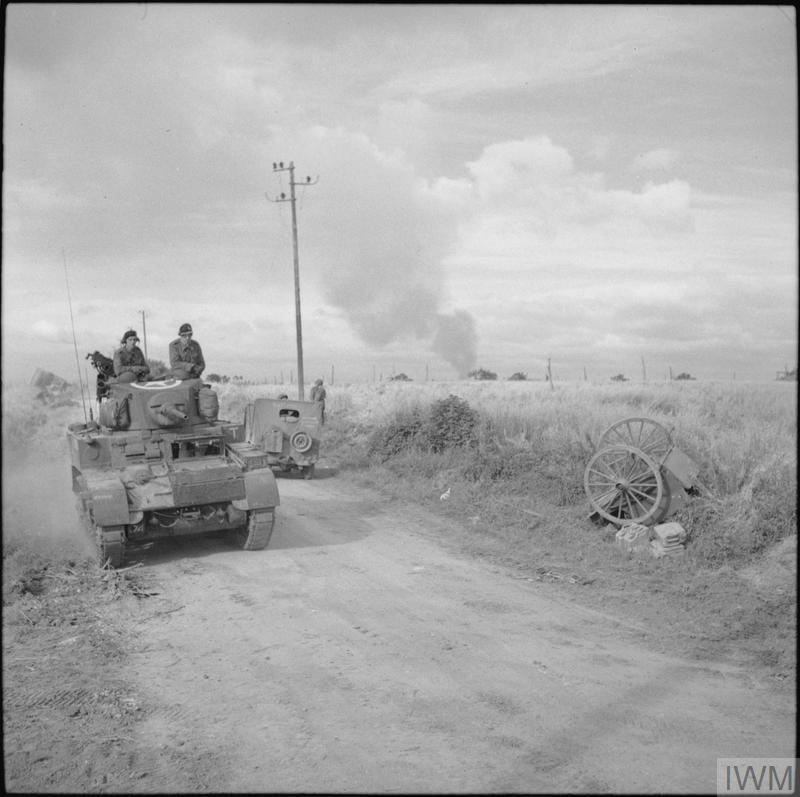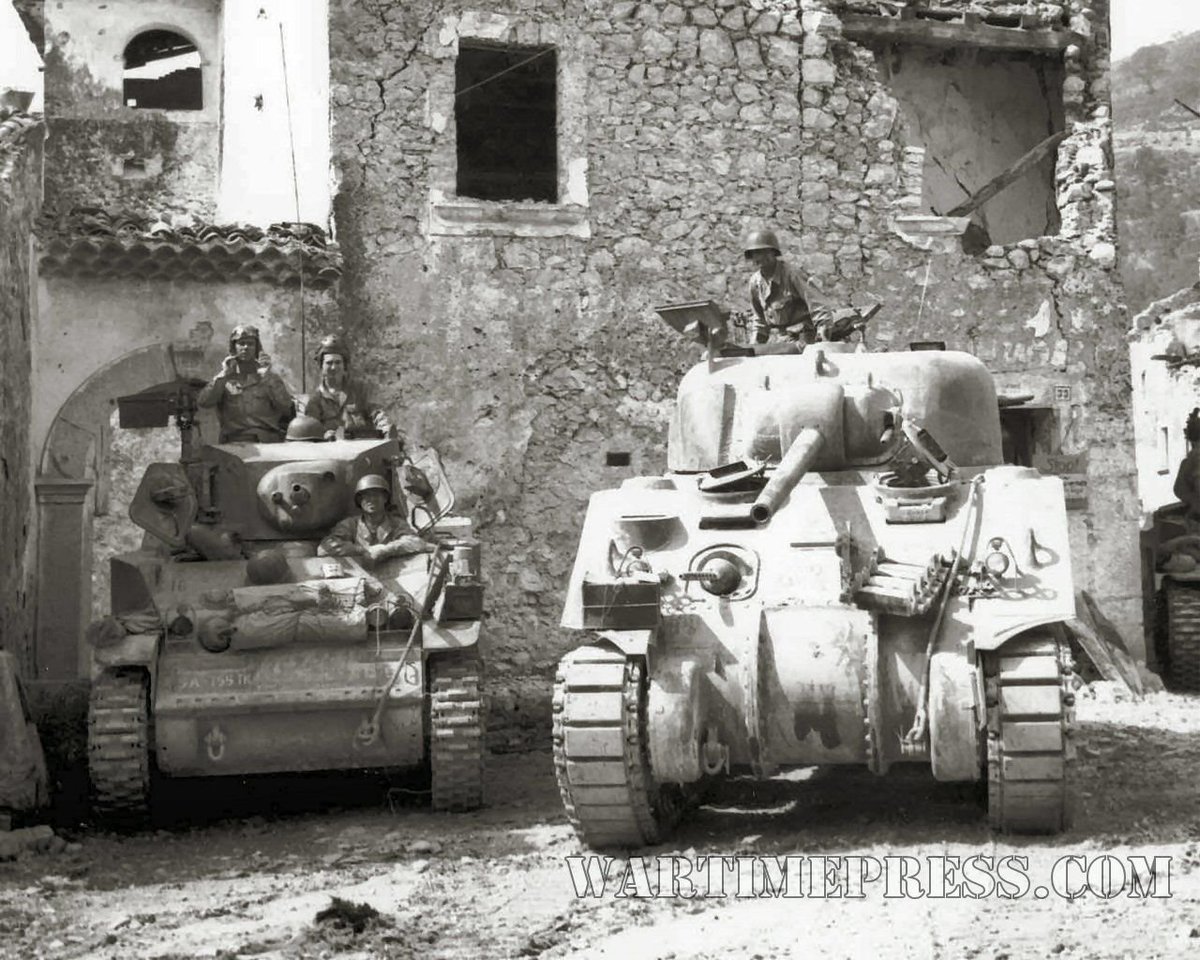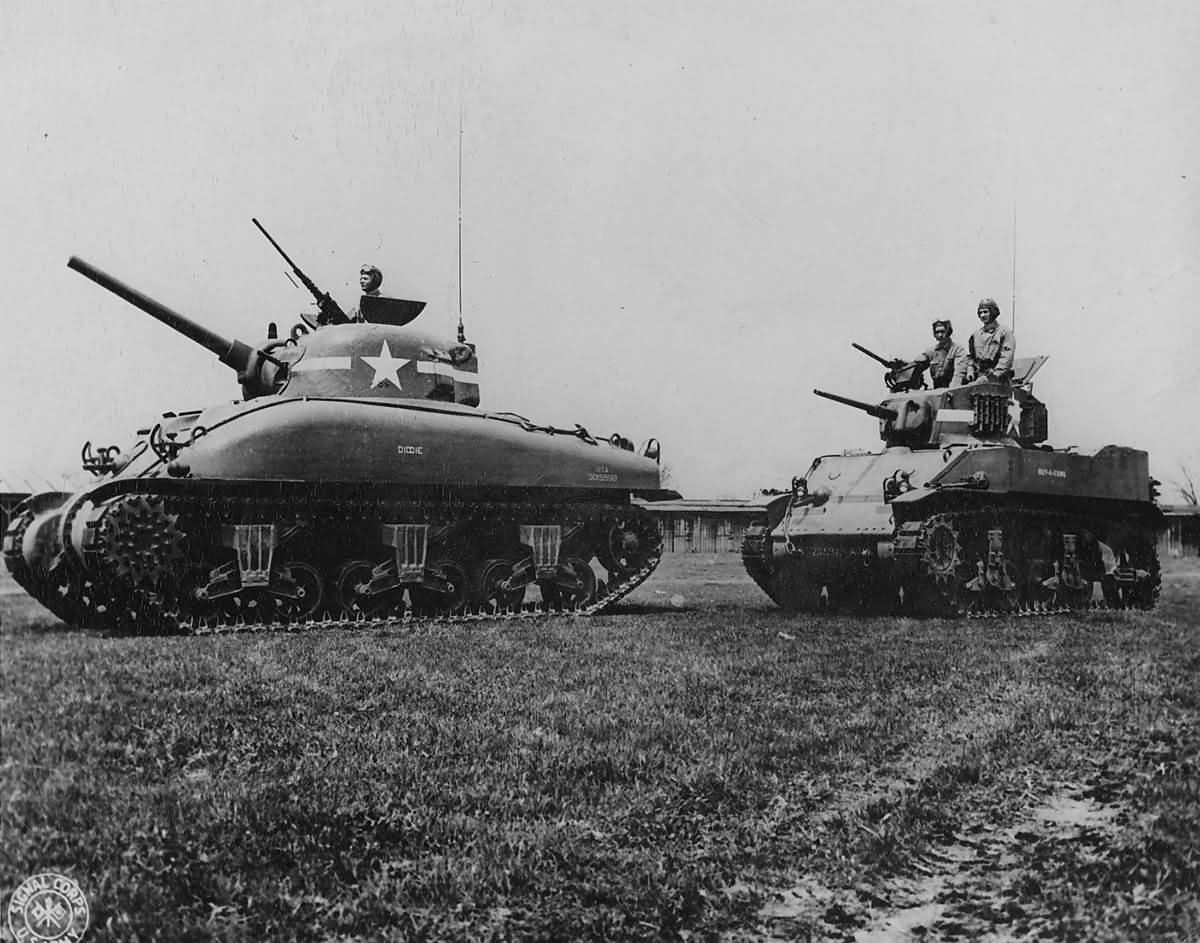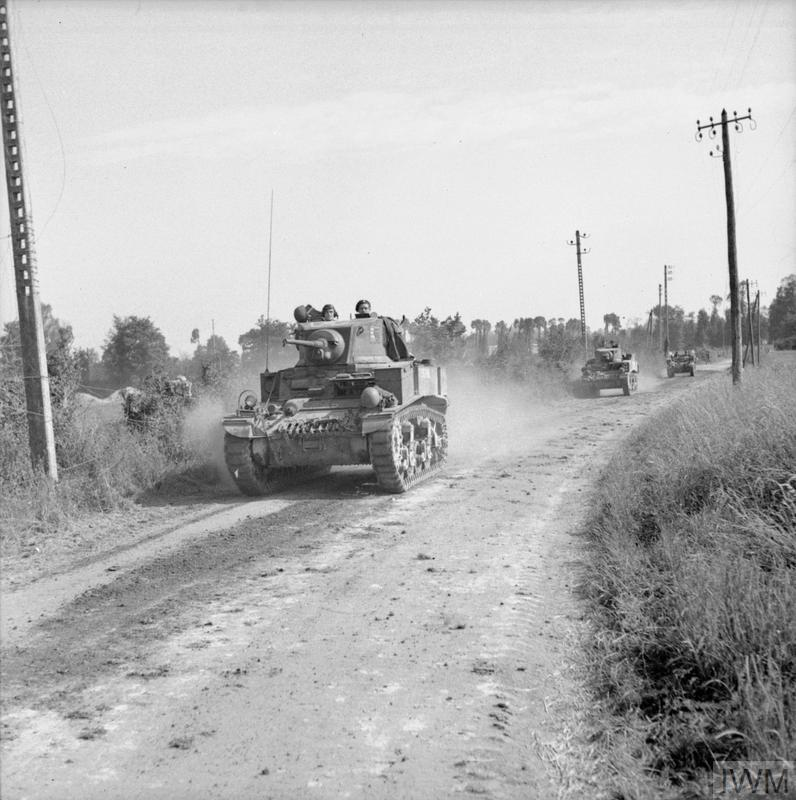
UK taxpayers throw nearly 1/2 bn A YEAR at DCMS-funded nationals who do little engagement & increasingly seek to lock their publicly owned collections/archives etc behind closed doors.
This is why we get bad history.
Funding reform is needed.
Not this.
#Museums #Heritage
This is why we get bad history.
Funding reform is needed.
Not this.
#Museums #Heritage
https://twitter.com/christopherhope/status/1360722119978549248
This entire shambles is an exceptionally painful episode in how little Dowden appears to understand his portfolio, UK Heritage PLC and the creative sector in general.
I mean that DCMS has little control over institutions they substantially fund must be frustrating.
I mean that DCMS has little control over institutions they substantially fund must be frustrating.
These organisations are nebulous corpo-QUANGOs often operating under a veil of dozens of subsidiary companies and various additional charities/trusts to stow away comfortable rainy day funds with director salaries frequently above the PM's own!
A lack of genuine oversight from trustees, the insidious creep of the cult of museology in regards to all things heritage, institutional bullying, workplace harassment, structural violence and lack of diversity among senior staff all highlight serious problems.
Our national heritage is in a bloated sick state.
But throwing this into a confused culture-war narrative doesn't help.
I mean most of those who shout the most about it tend to know the least.
Education > Factoids
But throwing this into a confused culture-war narrative doesn't help.
I mean most of those who shout the most about it tend to know the least.
Education > Factoids
• • •
Missing some Tweet in this thread? You can try to
force a refresh

